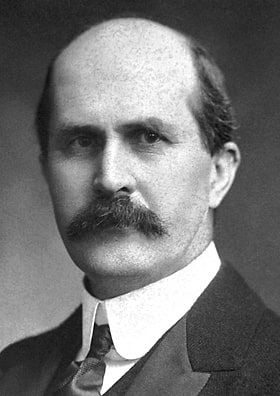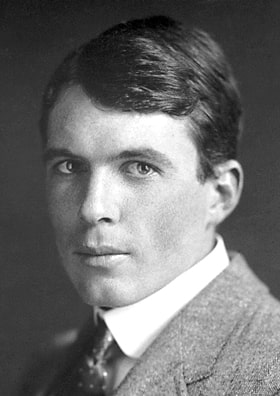Crystallography
Crystallography as a science has existed since 1669, when Niels Steensen discovered that in various quartz crystals, the angles between certain faces are always equal. In 1783, Romé de l'Isle confirmed N. Steensen's discovery by measuring other minerals and established that interfacial angles are a characteristic of a certain crystalline substance. The following year, in 1784, René-Just Haüy proposed the theory that crystals consist of small, regularly arranged building units that, if arranged in certain ways in space, form different crystal forms of minerals. Its crystal unit corresponds to today's concept of a unit cell. Towards the end of the XIX century AD Fedorov, A. M. Schoenflies, and W. Barlow developed a theory of space groups that represent all the possibilities in which atoms could be arranged in a crystal.
Modern crystallography and its rapid development began in 1912 with the discovery of X-ray diffraction on a crystal. M. von Laue, W. Friedrich and P. Knipping thereby established that the crystal represents a periodic three-dimensional diffraction grating and confirmed René-Just Haüy's assumption about the regular internal structure of the crystal.
In addition to X-ray diffraction analysis, which soon became, and is still today, one of the main research methods for crystallized substances, important information about minerals is also obtained using polarizing and electron microscopes, and various spectroscopic methods.
Modern crystallography and its rapid development began in 1912 with the discovery of X-ray diffraction on a crystal. M. von Laue, W. Friedrich and P. Knipping thereby established that the crystal represents a periodic three-dimensional diffraction grating and confirmed René-Just Haüy's assumption about the regular internal structure of the crystal.
In addition to X-ray diffraction analysis, which soon became, and is still today, one of the main research methods for crystallized substances, important information about minerals is also obtained using polarizing and electron microscopes, and various spectroscopic methods.



William Henry and William Lawrence Bragg
- father and son Bragg determined the first structures on crystals of halite (NaCl) and diamond (C)
- father and son Bragg determined the first structures on crystals of halite (NaCl) and diamond (C)